In 2020 fires blazed across Australia, leaving ruin in their path. From October 2019 to February 2020, over 42 million acres burned across the country. Not only did hundreds die, but countless animals did not survive the devastation. Photojournalist Jennifer Osborne was there to photograph the wildfires and what they left behind.
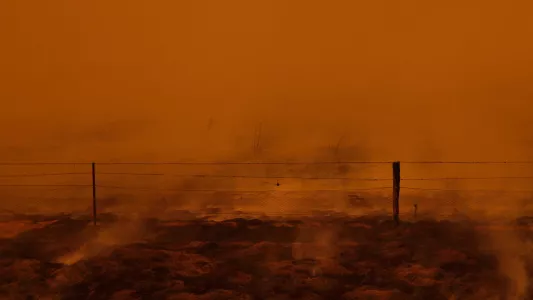
In September 2019 the destructive wildfires grew in coverage, until air quality indexes rapidly deescalated across the continent. Some air quality indexes reached over 300 - under 50 is considered safe. As February approached, skies turned orange and beaches turned black, disrupting and potentially killing marine life. Even New Zealand's glaciers turned brown with ash.
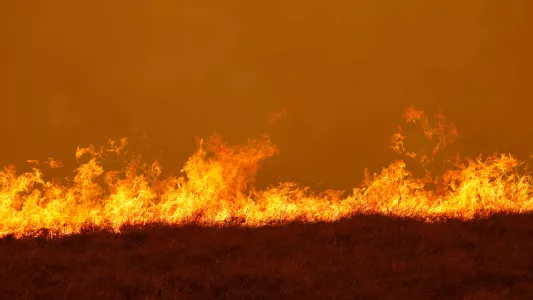
Lightning hit the continent, as a pyrocumulonimus, or a fire storm cloud, was formed. According to the Washington Post, the pyrocumulonimus mushroom cloud towered 19 miles into the air, which is similar to the predicted effect of a nuclear blast.The smoky particles that were emitted from this storm cloud reached the earth's atmosphere and across the globe. This in turn cooled the earth's climate by 0.1 degrees. Research currently under review by Geophysical Research Letters suggests impacts may have spread across the entirety of the earth's atmosphere.
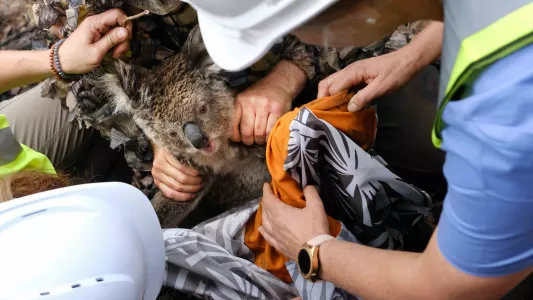
Jennifer Osborne flew to Australia and began documenting the fires and their removal of plants and animals. She arrived in mid January 2020, and stayed until the end of March 2020. She, without hesitation, took a flight to Australia because of her intense love for animals. Osborne says, "I felt it to be important to tell the story of animal issues because I'm an animal rights advocate."
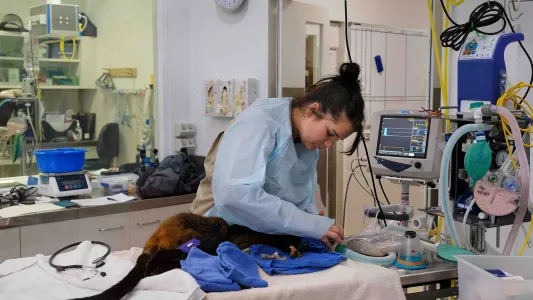
Fire safety is extremely important for those who report on wildfires. Osborne received four courses of online training; two required by Australia. She took two additional courses because her goal is to specialize in wildfire photography. The teachings were based on avoiding dangerous situations and getting out of them when needed. She was told you could retreat to a blackened, burnt area when a fire came towards you. Without vegetation, fire cannot burn the fuel it needs to move. She was also told to not stay on top of a hill or mountain. Wildfires tend to travel uphill easily. They also taught her ways to survive if a person is already trapped in a fire. She was told to get in her car and close the vents. This will allow the fire to pass through. Another safety tip was the use of fire shelters. This was taught by her American training. Fire shelters are similar to tents and allow the fire to pass over the tent. Lastly, Osborne was told to pay attention to the winds. If the winds shift, the fire can change direction with them. This can happen very quickly.
When we drove in, it looked like hell. The sky was red, black smoke wafted around and flames flashed horizontally across the horizon.
Trigger Warning: dead or severely injured animal

During Osborne's documentation she was fearful and experienced adrenaline rushes. Osborne says, "The first time I entered the Australian fire zone, my hands were shaking so hard. I was trying to look cool in front of the Associated Press and Agence France-Presse photographers, but I was pretty nervous." She recalls her initial thoughts when she first laid eyes on the fires. "When we drove in, it looked like hell. The sky was red, black smoke wafted around and flames flashed horizontally across the horizon." She comments that after these fires blazed across the terrain, many areas were left as "fields of sticks" and appeared as "post-apocalyptic landscapes."
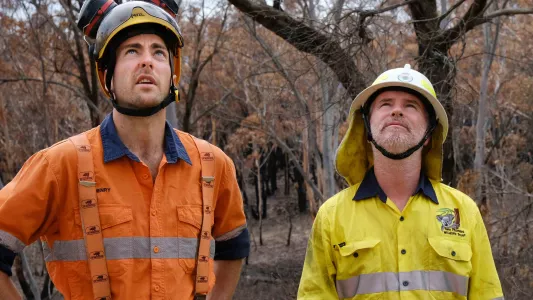
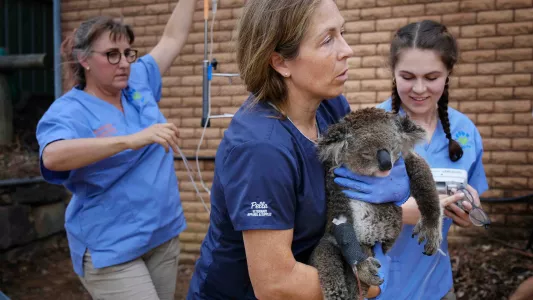
Osborne photographed search and rescue missions, animal recovery, as well as the volunteers who find and rehabilitate these animals. She encountered burnt kangaroo paws, exhausted wombats and dead koalas. She even came across a kangaroo rescue called Two Thumbs Wildlife Trust that was burnt down. According to a report by the World Wildlife Fund Australia, about 60,000 koalas were killed, injured or affected by the fires, and according to the Australian Koala Foundation, Australia lost 30% of its koala population. In the state of New South Wales there was a drop of 41% in the koala population. An estimated 1 billion animals altogether died, mainly in the states of New South Wales and Victoria.
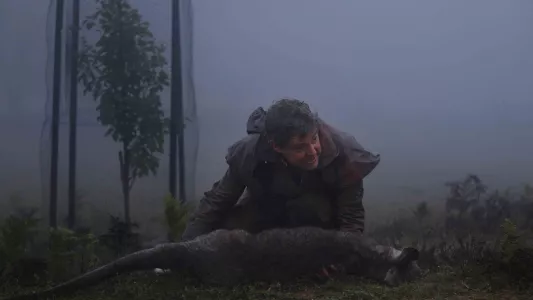
Not only did Osborne capture impressive, startling images of vast wildfires, but she showed her viewers the incredible dwindling of the animal populations in Australia.






